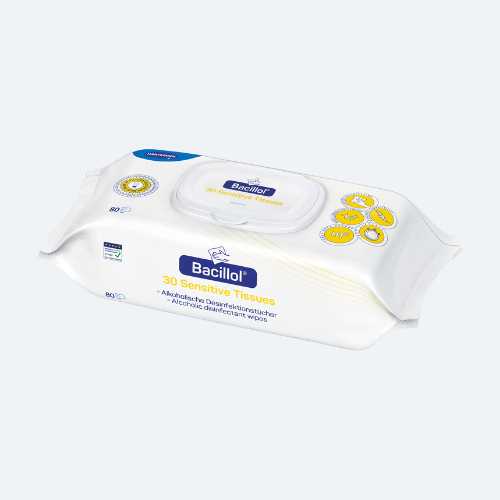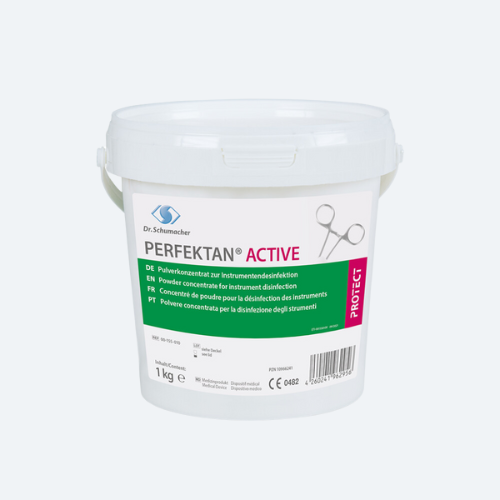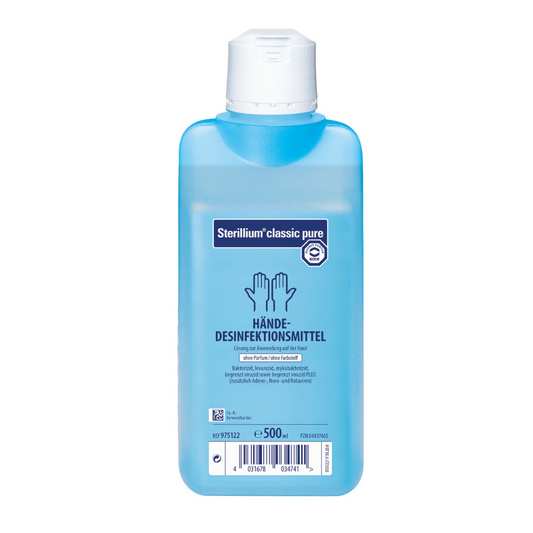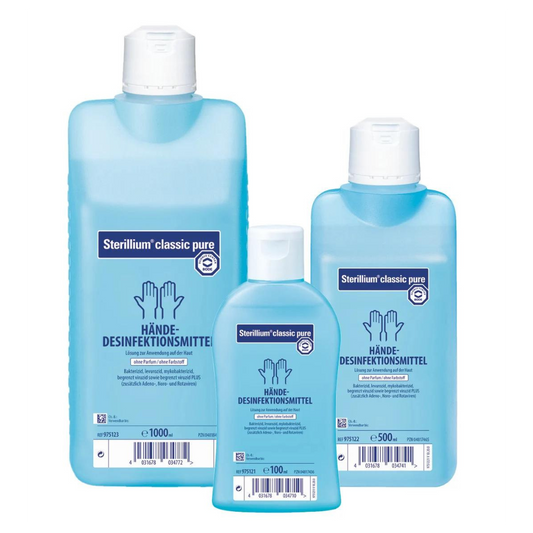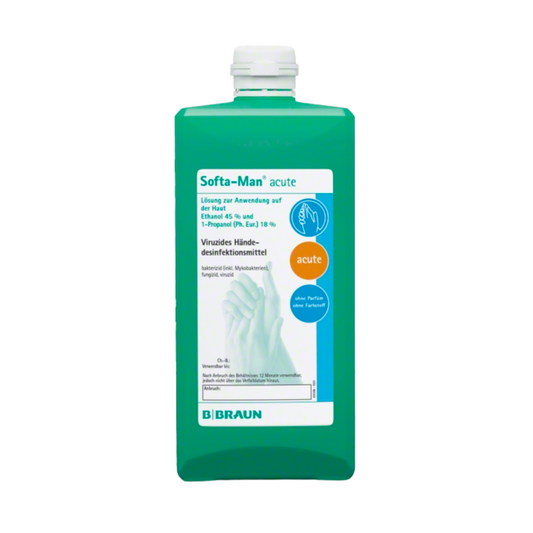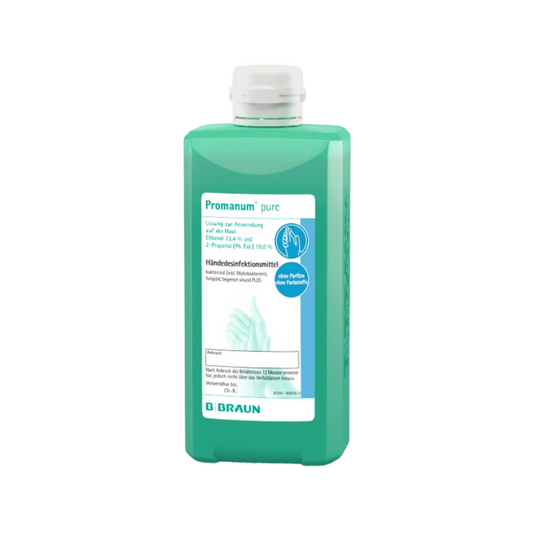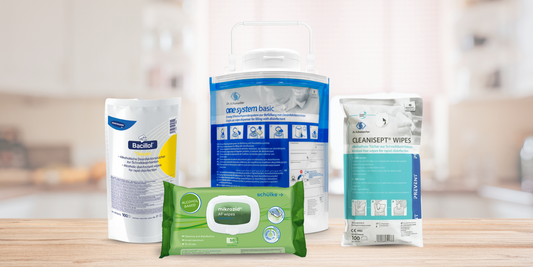Manual disinfection
Buy Manual disinfection easily online - Altruan.de
In the current era, where hygiene and health play a central role, hand disinfection has become an everyday ritual. With the emergence of various pathogens, it is essential to protect oneself and the community. In this comprehensive guide, you will learn everything you need to know about hand disinfection. From the indications to the correct execution - we've got you covered!
The WHO Indications for Hand Disinfection
The World Health Organization (WHO) has defined five key moments for hand disinfection to minimize the transmission of infections. These moments are critical to protecting both your own health and the health of the community. Below, we will look at these five indications in detail and provide practical tips on how they can be implemented in your daily life.
1. Before patient contact:
- This is particularly relevant for healthcare providers, but also for anyone caring for a sick person, whether in a professional or home setting.
- To protect the patient from colonization by pathogens that temporarily inhabit the hands of staff.
2. Before aseptic activities:
- Aseptic activities are those intended to prevent contamination with microorganisms. These include applying dressings, inserting catheters, and other medical procedures.
- It is crucial that your hands are disinfected before such activities to prevent infections.
3. After contact with body fluids:
- This can occur after changing an incontinence pad, after contact with wounds, or after cleaning up vomit or other body fluids.
- Ensure that you disinfect your hands immediately after such contact to minimize the risk of cross-contamination.
4. After patient contact:
- This is again relevant for medical personnel and caregivers, but also for anyone caring for others.
- Disinfect your hands after every contact with another person to prevent the spread of germs.
5. After contact with the patient environment:
- This refers to any touching of surfaces or objects near people, especially when they are ill.
- Here too, hand disinfection is essential to prevent the spread of pathogens.
Implementing these indications in your daily life can be achieved through simple habits and precautions. For example, carrying a small bottle of hand sanitizer with you can be a practical way to ensure hand hygiene. Likewise, being aware of the situations in which hand disinfection is necessary, as well as sharing this knowledge with family and friends, can help create a healthier and safer environment for everyone.
More disinfectants incl. skin and hair care find it at Altruan.de.
Common questions & answers
Here you will find the most frequently asked questions and our answers about the products Manual disinfection.













